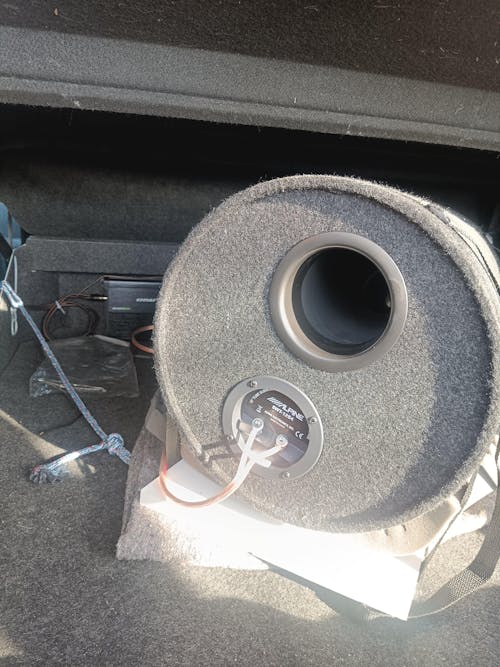-
 Normal price €39,00Normal price
Normal price €39,00Normal price€39,00Selling price €39,005% Rabatt mit VorkasseDelivery to HomeDec 21, - Dec 22,Kein Versand nach Germany -
SALE -20%
 Normal price €31,20Normal price
Normal price €31,20Normal price€39,00Selling price €31,205% Rabatt mit VorkasseDelivery to HomeDec 21, - Dec 22, -
 Normal price €19,00Normal price
Normal price €19,00Normal price€19,00Selling price €19,005% Rabatt mit VorkasseDelivery to HomeDec 22, - Dec 25, -
Back again soonBack again soon

 Normal price €19,99Normal price
Normal price €19,99Normal price€19,99Selling price €19,995% Rabatt mit Vorkasse
Welche technischen Spezifikationen sind bei Audiosteckern entscheidend für die Klangqualität im Carhifi-System?
Welche technischen Spezifikationen sind bei Audiosteckern entscheidend für die Klangqualität im Carhifi-System?
Wie installiert man Audison Connection Stecker optimal im Fahrzeug?
Wie installiert man Audison Connection Stecker optimal im Fahrzeug?
Welche Accessoires sind für die Installation von Audiosteckern unerlässlich?
Welche Accessoires sind für die Installation von Audiosteckern unerlässlich?
Welche Rolle spielt die Impedanz bei der Auswahl von Steckern für ein Carhifi-System?
Welche Rolle spielt die Impedanz bei der Auswahl von Steckern für ein Carhifi-System?
Warum ist die Wahl des richtigen Steckertyps wichtig für mein Carhifi-System?
Warum ist die Wahl des richtigen Steckertyps wichtig für mein Carhifi-System?
Wie kann ich die Lebensdauer meiner Audiostecker durch richtige Pflege verlängern?
Wie kann ich die Lebensdauer meiner Audiostecker durch richtige Pflege verlängern?
Was sind die Unterschiede zwischen den Marken Audison Connection und FOR-X bei Audiosteckern?
Was sind die Unterschiede zwischen den Marken Audison Connection und FOR-X bei Audiosteckern?
Welche spezifischen Vorteile bieten Viablue Audiostecker bei der Verwendung in Fahrzeugen?
Welche spezifischen Vorteile bieten Viablue Audiostecker bei der Verwendung in Fahrzeugen?
Wie können Signalstörungen bei der Installation von Carhifi-Steckern effektiv minimiert werden?
Wie können Signalstörungen bei der Installation von Carhifi-Steckern effektiv minimiert werden?
Wie unterscheidet sich der Anwendungsbereich von RCA- und USB-Steckern im Carhifi?
Wie unterscheidet sich der Anwendungsbereich von RCA- und USB-Steckern im Carhifi?

























